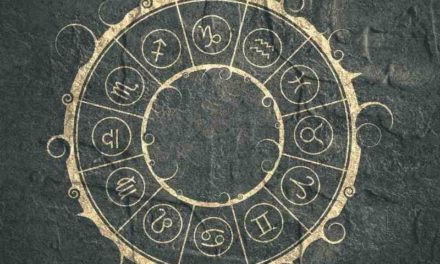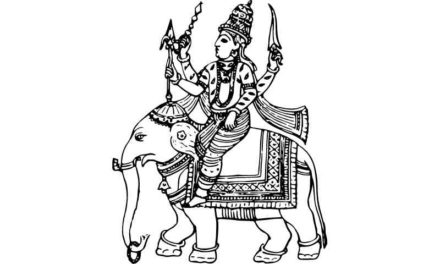The Munneswaram temple complex in Sri Lanka is considered to be an important Hindu religious site in the area. At the very least, it has been around since the year 1000 CE, but the legends that surround the temple say that it has a connection to the well-known Indian epic Ramayana and its legendary hero-king Rama. There are a total of five old temples in the area, and this particular one is devoted to Shiva.
The town of Chilaw, which is located nearby and is known for its pearling industry as well as its fishing industry, as well as the landed gentry of the neighboring villages, has historically had ties to the temple since they provided the resources necessary to maintain the temple. Because of its proximity to both the commerce routes and the port, Sri Lanka was able to benefit from an influx of people and ideas coming from India.
The Pattuva features a number of the Munneswaram temple that are dedicated to the higher levels of Hindu deities, as well as to the divine creatures that watch over the villages, such as Ayyanar or Ayyanayake, Viramunda, Kadavara, and also Bandara. The temple can be found at Munneswaram, which is a hamlet in Sri Lanka’s Puttalam District. The village has a population that is comprised of both Sinhala and Tamil people.
Within the holiest lingam representing the god Siva, who is considered to be the supreme deity, is erected. The architectural particulars of the Siva temple are designed in a way that is consistent with what is recorded in the Hindu texts known as agamas. The entrance to the Siva temple is located on the eastern side, and there are three paths that surround it.
In front of the Munneswaram temple dedicated to Siva lies a holy pond, and to the side of the pond is where you’ll find the Bo Tree. The main sanctum and the building that sits above the main sanctum are both notable for being among the biggest in all of Sri Lanka. The primary shrine of this Hindu Munneswaram temple has a Shiva linga that was built there. Lingams are used in devotion to honor Siva, who is seen as the undifferentiated principle of causality.
The more obvious aspects of his character are shown in a variety of different photographs. The linga is symbolic of the male principle, while the pitha, in the form of a yoni, is symbolic of the feminine component that completes the linga’s representation of the male principle. Together, these two symbols symbolize the Siva-Sakti idea.
Within the Saiva religion, the linga is considered to be the holiest and most revered of all objects. As a result, a Shiva linga was placed in the garbhagrha, also known as the “womb house,” of Sri Munneswaram Devasthanam.
Navarathri and Sivarathri are two of the most important festivals that are observed at the Munneswaram temple. The first is a celebration that lasts for nine days and is held in honor of the deity who is in charge, while the second is a ceremony that lasts for one night and is held in honor of Lord Shiva. In addition to these two Hindu celebrations, the temple has its own annual festival known as the Munneswaram Annual Festival.
This event takes place over the course of four weeks and is visited by pilgrims from all around Sri Lanka, including Buddhists, Hindus, and others. The Munneswaram temple festival takes place every year in the months of August or September and lasts for a total of twenty-eight days. Tens of thousands of worshipers from all over the nation go to this location to take part in the celebration.
The celebration kicks out with the raising of the temple flag, and during the course of the subsequent days, special poojas are performed inside the confines of the temple grounds. A large wooden chariot containing a figure of Lord Shiva is pushed around the temple grounds by devotees on the final night of the festival.
The event finishes the following morning with the chariot being transported to the neighboring Deduru Oya river, where a ritual to cut the water takes place. It is interesting to note that this bustling thoroughfare is restricted to either side of the road that leads to the temple. On the other hand, the merry-go-round, the public shows, fun, and recreation to regale the youth are all situated a considerable distance away.
This is because these activities detract from the spiritual ambiance of the festival. However, a large number of opulent booths have been rented for the month of the festival and are lined up near the main temple in order to attract the masses that are necessary for the festival to continue being the magnificent show that it is.
The customary visitor to this holy and ancient Hindu shrine would be otherwise chagrined and dissatisfied if it did not have this magnificent atmosphere. Each day of the festival sees the continuation of various celebrations, including Kavadi dance and processions, in order to keep the festival’s spirit alive.
When one enters the Munneswaram temple and travels through its interior, they are confronted with an unexpected power; the imposing deities, the inner walls, and the atmosphere all resound with silence and everlasting tranquility. There are a lot of followers that can be seen wandering and roaming about, looking at how august and sublime everything is.
This majestic ancient Hindu Munneswaram temple has been frequented throughout history by people of all socioeconomic backgrounds, from aristocrats to commoners and everyone in between. Visitors and devotees who have been here before continue to come back year after year to pay their respects at this holy site. After their stay, they go back to their homes free from the constraints, burdens, and fears of the outside world.
An impressive temple dedicated to the goddess Badra Kali may be found beside the main temple. Devotees who are at their wit’s end seek the goddess’s favor and pleasure at this temple. This temple was removed this year, and in the same location, a new, more contemporary temple was built using money contributed by pilgrims. The total cost of the project was many lakhs of rupees.





